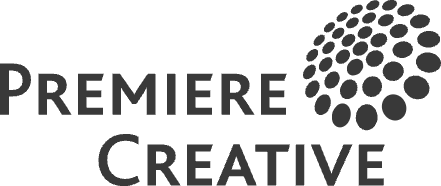If SEO feels like a sunken cost, you’re probably doing it wrong. Traffic without conversions? Rankings with no revenue? It’s not just frustrating, it’s expensive. Most brands don’t have an SEO problem; they have a strategy problem. The difference? One fuels growth. The other drains the budget. Let’s break down why your SEO strategy might be stalling, and exactly how to fix it before you burn through another quarter chasing vanity metrics.
1. Why Misaligned SEO Strategy Derails Performance
Ask five people what SEO means, and you’ll hear five wildly different answers. Content marketers chase blog rankings. Developers obsess over Core Web Vitals. Executives want “more traffic.” Each angle matters, but when goals clash or teams work in silos, strategy suffers.
SEO today is multi-layered: strategy, content, authority, UX, AI-readiness. Success demands shared understanding; not half-baked buzzwords tossed around in meetings.
Here’s the fix: Rally all players around one definition, one set of outcomes, and one strategic direction. When every stakeholder pulls in the same direction, results follow.
2. Set SEO Goals That Drive Real Growth and Conversions
“Let’s grow organic traffic” sounds ambitious, but without context, it’s directionless. Growth for growth’s sake? That’s a fast track to wasted hours and zero impact. Strong SEO goals reverse-engineer from revenue. What searches lead to purchases? Which pages pull qualified leads? What’s the cost per conversion, and how does it stack up against paid?
What to do: Build SEO KPIs that tie directly to business outcomes. Leads. Revenue. Pipeline velocity. Your goals should answer one big question: is this strategy making us money?
3. Fix Your SEO Reporting to Connect Traffic to Revenue
If your SEO report stops at impressions, clicks, and a few keyword wins, congrats, you’ve built a pretty dashboard. But does it explain why revenue hasn’t budged?
Marketers often measure what’s easy, not what matters. Vanity metrics feel good but rarely move the needle. Leadership wants to know how organic search contributes to deals closed, not just visits logged.
Here’s how you fix that: Break the data silo. Connect traffic to pipeline. Trace keywords to conversions. Tie SEO to customer journeys. Attribution isn’t optional, it’s essential.
4. Scaling Your SEO Team for Sustainable Search Performance
SEO has evolved. You need writers who speak human and algorithm. Developers who balance speed with structure. Analysts that dig deeper than bounce rate. Strategists who adapt faster than Google updates.
Unfortunately, many brands still hand SEO to a solo marketer and expect miracles. When execution slows or breaks, frustration snowballs—and results stall.
Pro tip: Treat SEO like a team sport. If your internal squad lacks firepower, bring in experts who specialize in speed, structure, and search-driven ROI. (Spoiler: Premiere Creative can help with that.)
5. Modern SEO Tactics That Match Evolving Search Behavior
Old SEO wisdom: write a blog, optimize a headline, wait for clicks. That formula barely worked in 2015, and today, it’s a recipe for irrelevance.
Users now skim AI summaries, scroll social, ask Siri, and bounce between platforms before converting. Search behavior is fluid. Strategies must be, too. Sticking with “safe” tactics while the industry shifts might function, but you’re not going to be winning.
What next? Think like your audience. Where does my audience discover blogs? What do they search for? How do they choose? Test. Learn. Adapt. And always stay two steps ahead of change.
Ready to Make SEO Work Again?
SEO isn’t broken. Your strategy might be. And that’s fixable. Premiere Creative helps growth-minded brands turn SEO from a cost center into a conversion engine. We bring together data, content, code, and business strategy to build long-term search success—without the fluff, the guesswork, or the excuses.
Call us at (973) 346-8100 or contact us online to find out how we help you outrank competitors, out-convert expectations, and outgrow every old SEO plan you’ve ever tried.

